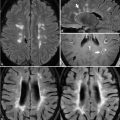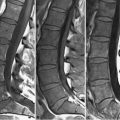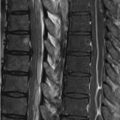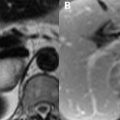63 Breast Neoplasia Due to its high sensitivity (approaching 100%) breast MRI is indicated for the screening of patients who are genetically positive for breast cancer or certain other predisposing conditions. Alternative indications are a first-degree relative meeting this criteria, prior radiation to the chest between the ages of 10 and 30, or a calculated lifetime risk of 20 to 25% using standard risk models. Imaging protocols for MR mammography have in recent years become more standardized, typically including the acquisition of non-FS T1WI and FS T2WI followed by dynamic postcontrast scans, the latter performed every minute for 5 minutes. Dynamic post-contrast MRI improves upon conventional MRI’s relatively low specificity for breast cancer. In dynamic imaging, elimination of fat signal may be achieved by spectral FS or by digital subtraction of pre- from postcontrast T1WI. Inhomogeneity of FS (due to field inhomogeneity) is the major pitfall of the former technique; the latter being limited by patient movement between acquisitions. MIPs, whereby the greatest SI pixels from 3D space are projected to create a 2D image, may be obtained. Slice thickness using 2D Fourier transform techniques should be less than 2 mm (with in-plane resolution of <1 mm); however, 3D imaging is likely superior due to a lack of interslice gaps. In dynamic imaging, a balance must be struck between requirements of high spatial resolution and adequate temporal resolution—a conflict eased by the advent of high field and parallel imaging. Other technical considerations include the performance of breast MRI between days 7 and 14 of the menstrual cycle when background enhancement is minimized.
![]()
Stay updated, free articles. Join our Telegram channel

Full access? Get Clinical Tree








